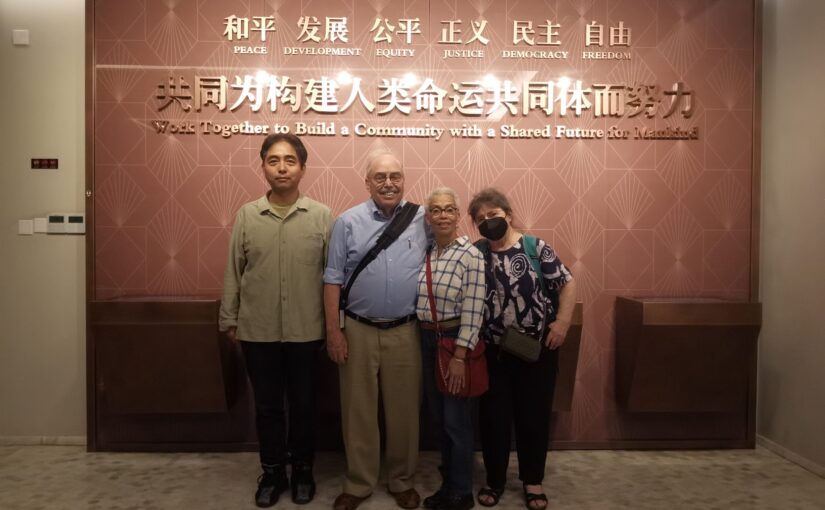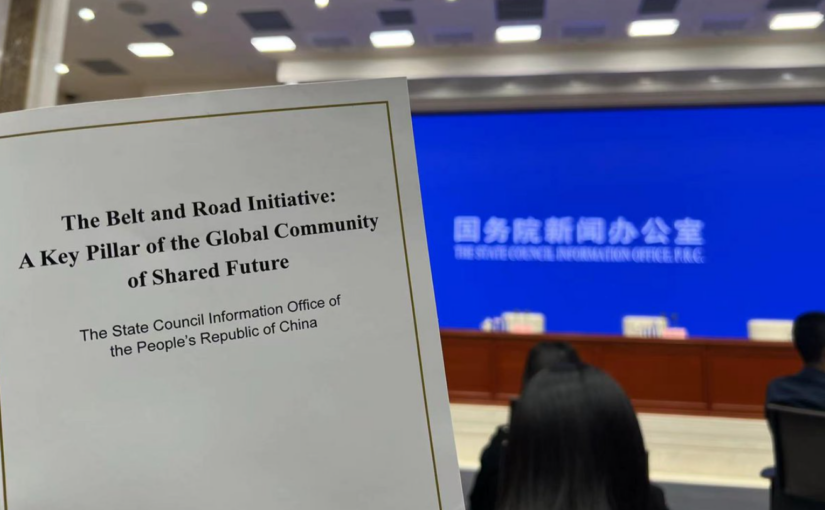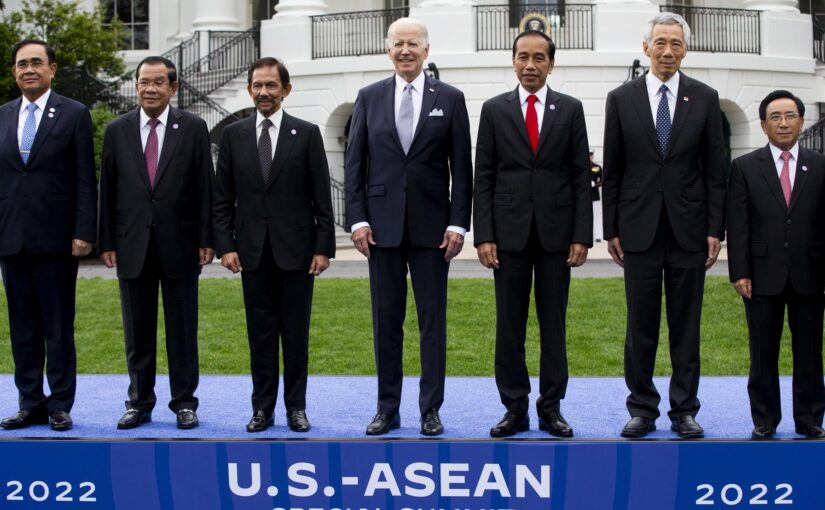What follows is an original article by Stansfield Smith, a Chicago-based writer and organiser with Chicago ALBA Solidarity, sharing his reflections on a recent trip to China, which took in nine different cities and towns.
Drawing on his experiences, he highlights a series of contrasts between China and the US. For example, China’s rail systems are decades in advance of the US: “A train from Shanghai to Kunming, the distance from Philadelphia to Los Angeles, takes 11 hours 40 minutes and costs the equivalent of $127.” This is a manifestation of China prioritising the wellbeing of its people, unlike in the US where “trillions of dollars spent on endless war have impoverished us”. China’s cities meanwhile are clean and safe, packed with “pleasant, well-designed and well-kept parks”.
Particularly striking is the lack of homelessness in China. “We were in nine different cities and saw just one down-and-out person on the street asking for money. The US, in the midst of wealth, has hundreds of thousands of homeless, including children, pregnant women, and the elderly.”
Stansfield observes:
The Chinese have devoted immense public funding to public services, making you feel the world outside your front door is clean, safe, and well-organized. As a result, you feel welcomed in public places, you feel your well-being is respected… The overall feeling created in litter-free, clean, safe cities, with no homeless, staffed with many workers who keep it in order for the people, is that in contrast to the US, the Chinese government has created a society that cares about you… China is creating a more humane place to live.
Sad to say, the US is responding to China’s progress with a New Cold War – a desperate attempt to contain China’s rise and to preserve American hegemony. Ultimately this strategy will be unsuccessful. As the author points out, “today China presents a progressive and growing alternative force to the world power of the US empire.”
My Chinese-speaking wife and I recently traveled to nine different cities and towns in China over the course of a month, our fourth trip since 2005. We were also to go in 2020, but the covid lockdown canceled it. That year we could have booked a train ticket to Xinjiang and traveled around that province no questions asked, though Western media claimed we’d be in the midst of the bogus Uyghur “genocide.” One example of the endless disinformation about China.
Of our most significant impressions of China, the first is the contrast between the stories the corporate media tell us about China, what they don’t want us to know, and the reality we see. The Wall Street Journal for example asserted “China’s economy limps into 2024”, whereas in contrast the US was marked by a “resilient domestic economy.” In reality, China grew 5.3% in the first quarter of 2024. The US grew at 1.6%, Germany and France grew just 0.2%, Britain at 0.6%, and Japan -0.5%. But economic crisis is racking China!
Two, China’s infrastructure surpasses anything in the US. Jimmy Carter said “How many miles of high-speed railroad do we have in this country [zero]? China has around 18,000 miles (29,000 km) of high-speed rail lines.” That was in 2019. Now it is 28,000 miles and trains can travel 220 miles per hour. A train from Shanghai to Kunming, the distance from Philadelphia to Los Angeles, takes 11 hours 40 minutes and costs the equivalent of $127.
What we live with here in the US appears hugely backward in comparison. Their subway systems are decades ahead of those in the US; the US train system seems a century behind. Videos such as this show what they have achieved.
Three, after experiencing China’s incredible infrastructure, you realize how the trillions of dollars spent on endless war have impoverished us. The US blows things up instead of building things to improve public well-being. Carter said the US “has wasted, I think, $3 trillion” on military spending ($5.9 trillion between 2001-2018). “Since 1979, do you know how many times China has been at war with anybody? None, and we have stayed at war. China has not wasted a single penny on war, and that’s why they’re ahead of us. In almost every way… We’d have high-speed railroad. We’d have bridges that aren’t collapsing, we’d have roads that are maintained properly. Our education system would be as good as that of say South Korea or Hong Kong.”
Four, clean and safe cities. We don’t see the omnipresent litter we do here. Every day a veritable army of public workers cleans the streets, sidewalks, subways, parks, and other public places. These are not simply litter-free, but clean. Workers making sure of it. In the US we would expect this in private buildings, universities, hospitals, fancy hotels, but not in public spaces.
Continue reading A month traveling in China





